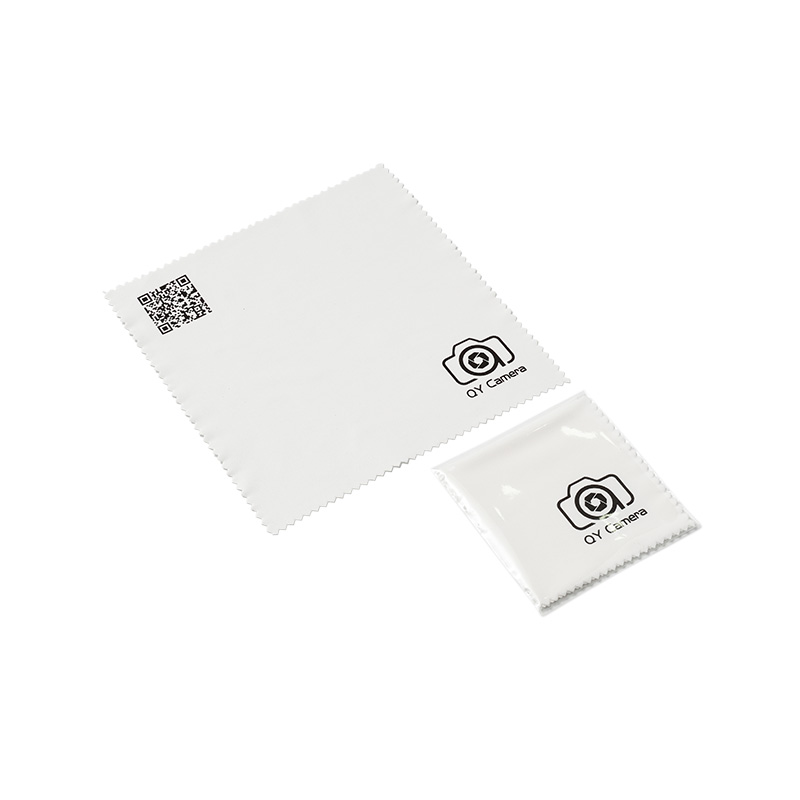Cleaning is both an art and a science, and microfiber cleaning cloths exemplify the perfect marriage of the two. These innovative tools have gained widespread acclaim for their ability to deliver superior cleaning results through cutting-edge technology. But what exactly makes microfiber cloths so effective?
At the heart of microfiber cleaning cloths is their unique fiber structure. Each fiber is split during the manufacturing process, creating a star-shaped cross-section with countless tiny channels. These channels act like magnets, attracting and trapping dirt, dust, and liquid molecules. The fibers are positively charged, allowing them to cling to negatively charged particles such as oils, grease, and bacteria. This electrostatic attraction ensures that dirt doesn’t just get pushed around—it gets lifted and locked into the cloth.
The density of the fibers also plays a crucial role in their performance. Microfiber cloths contain approximately 200,000 fibers per square inch, far exceeding the fiber count of traditional fabrics. This high density enables the cloth to cover more surface area and capture even the smallest particles, including allergens and pathogens. As a result, microfiber cloths are highly effective in environments where cleanliness is paramount, such as healthcare facilities and laboratories.
Another scientific advantage of microfiber cloths is their capillary action. The tiny gaps between the fibers create a suction effect that draws liquids upward, enhancing their absorbency. In fact, microfiber cloths can hold up to seven times their weight in water, making them ideal for tasks like mopping floors or wiping spills. Their quick-drying properties further prevent the growth of mold and mildew, ensuring hygiene and longevity.
From a user perspective, the benefits of microfiber cleaning cloths are undeniable. First and foremost, they simplify the cleaning process. Because they require little to no additional cleaning agents, users can save time and effort while achieving professional-grade results. This is especially beneficial for individuals with allergies or sensitivities, as it minimizes exposure to irritants found in many commercial cleaners.

Economically speaking, microfiber cloths are a cost-effective choice. Although the initial investment may be higher than that of disposable alternatives, their reusability translates to long-term savings. A single microfiber cloth can replace hundreds of paper towels or cotton rags, reducing both expenses and waste. Businesses, in particular, stand to benefit from adopting microfiber cloths as part of their cleaning protocols, as they lower operational costs and improve efficiency.
Environmentally, the adoption of microfiber cleaning cloths aligns with global efforts to reduce plastic waste and conserve natural resources. By eliminating the need for single-use products and minimizing chemical usage, these cloths contribute to a more sustainable future. Furthermore, advancements in recycling technologies now allow some microfiber cloths to be recycled at the end of their lifecycle, further reducing their environmental footprint.
At Jieyu, we take our environmental responsibility seriously. We are proud to hold GRS (Global Recycled Standard) certification, which underscores our commitment to sustainability and the responsible sourcing of materials. As part of our dedication to reducing environmental impact, we offer a 100% RPET (Recycled Polyester) eyeglass cloth, made entirely from post-consumer recycled plastic. This product not only supports the reduction of plastic waste but also delivers the high-quality performance that our customers expect, all while contributing to a cleaner, greener planet.
Despite their numerous advantages, it’s important to use microfiber cloths correctly to maximize their potential. Always wash them separately from other fabrics to avoid lint transfer, and avoid using fabric softeners, as these can clog the fibers and diminish their performance. Regular laundering with mild detergent will keep them in top condition for years to come.
 English
English 日本語
日本語











